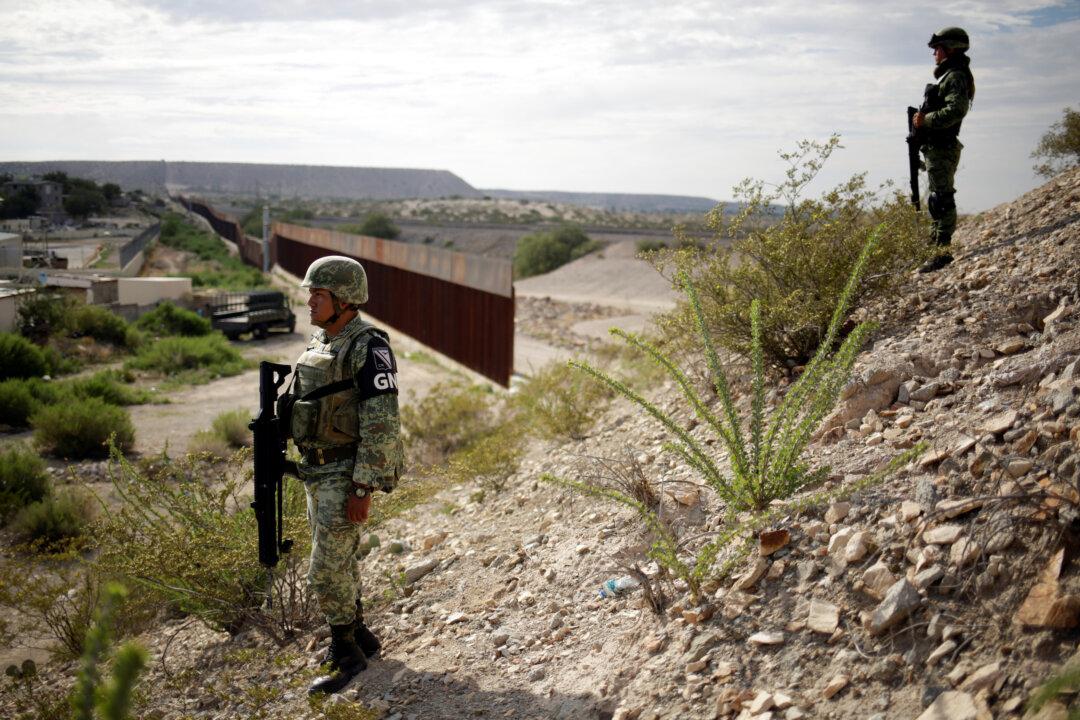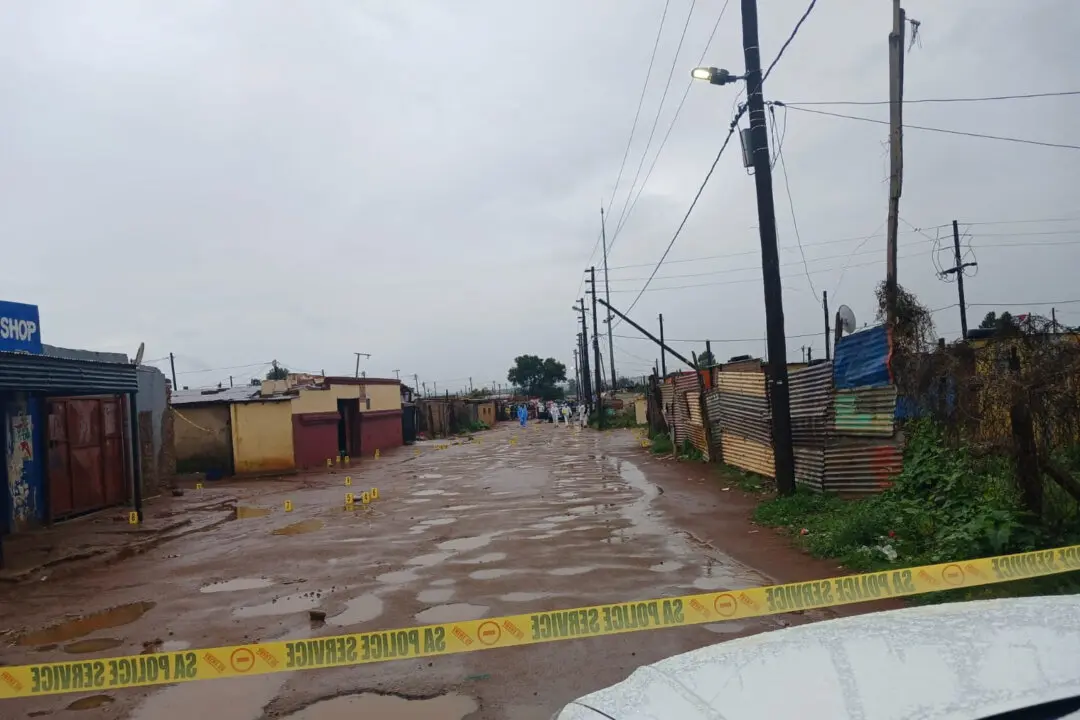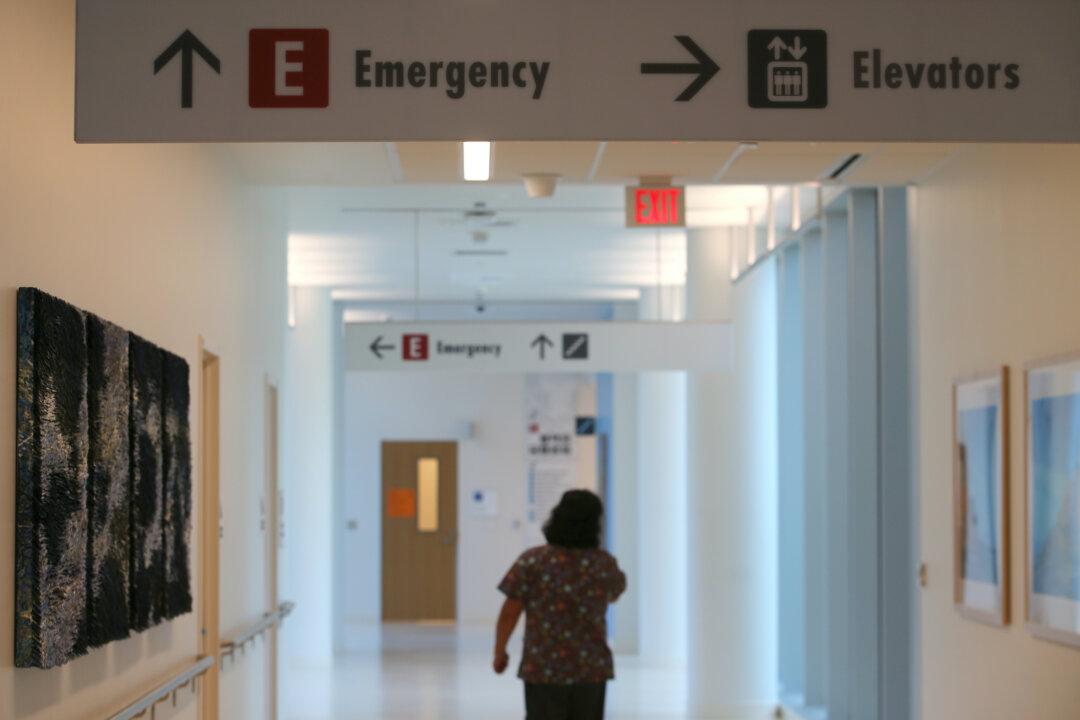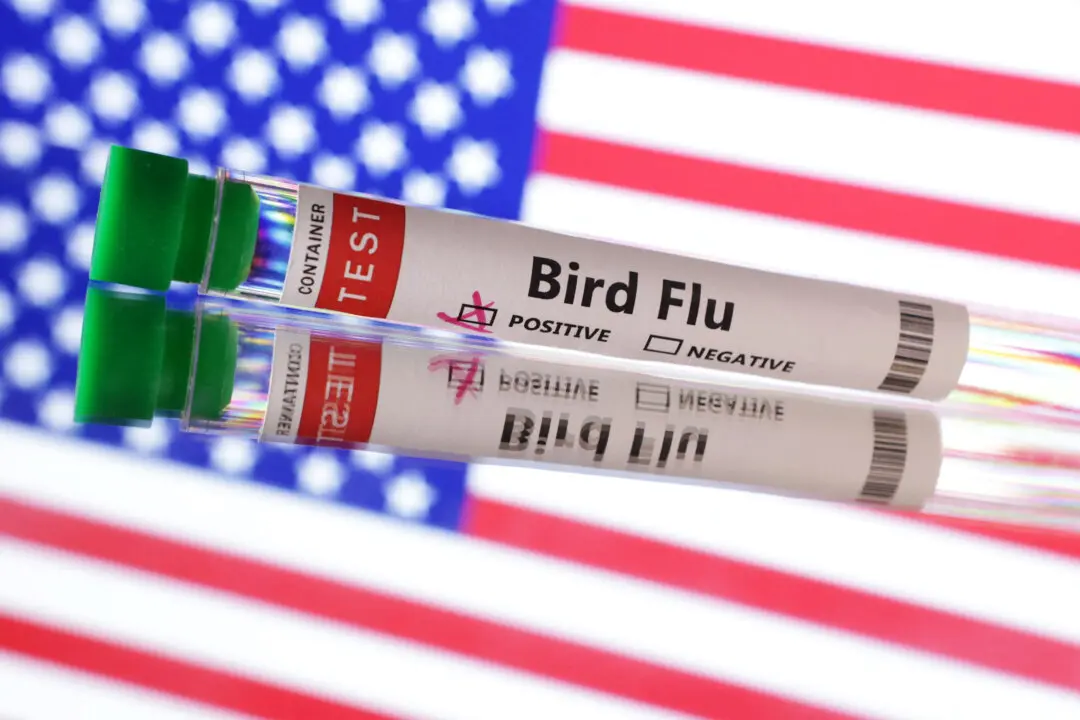WASHINGTON—A U.S. immigration official credited Mexico and Central American countries on Sept. 9 with helping to reduce border detentions 56 percent this year.
Mark Morgan, the acting commissioner of Customs and Border Protection, announced that 64,000 people were detained or turned back at the southwest border in August. That is down 22 percent from July and 56 percent from a high mark in May.





